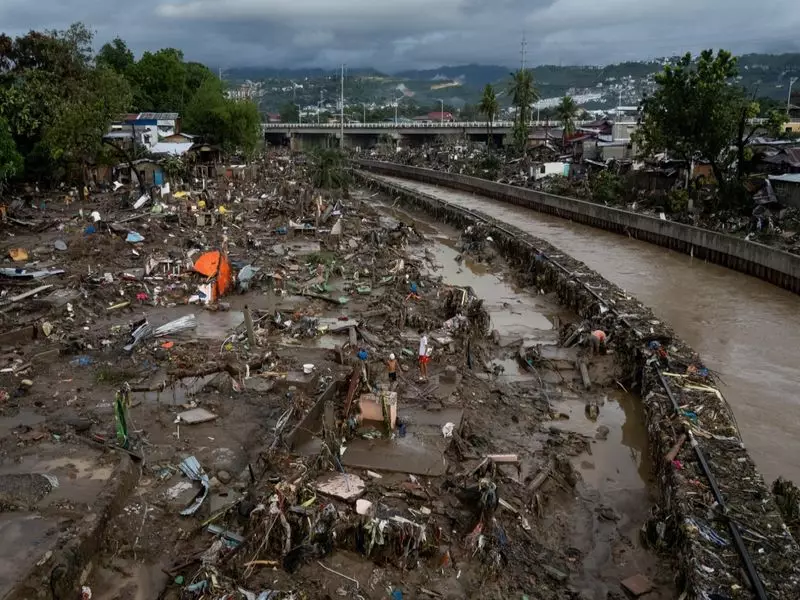
The Philippines is grappling with one of its worst natural disasters this year as Typhoon Kalmaegi (locally known as Typhoon Luis) unleashed catastrophic fury across the northern regions, leaving a trail of destruction and despair.
The official death toll has climbed to 85, with rescue teams working tirelessly to locate dozens still missing in the aftermath of the devastating storm that struck earlier this week. The hardest-hit areas include mountain provinces and coastal communities where landslides and flash floods caught many residents by surprise.
Rescue Operations Intensify Amid Challenging Conditions
Emergency response teams are battling difficult terrain and continuing bad weather to reach isolated communities. "We are facing one of the most challenging rescue operations in recent memory," stated a senior disaster management official who requested anonymity.
The massive search effort involves:
- Military personnel and specialized rescue units
- Helicopter teams airlifting stranded residents
- Volunteer organizations providing medical assistance
- International aid groups coordinating relief efforts
Infrastructure Damage Worsens Crisis
The typhoon's ferocious winds and torrential rains have caused extensive damage to critical infrastructure, complicating rescue and relief operations. Several major roads remain impassable due to:
- Multiple landslides blocking mountain highways
- Collapsed bridges cutting off entire communities
- Flooded areas making ground transportation impossible
- Damaged communication towers disrupting coordination
Thousands of families have been displaced, taking shelter in evacuation centers while awaiting news of missing relatives. The psychological impact on survivors is profound, with many having lost everything in the blink of an eye.
Climate Change Concerns Amplified
This latest disaster has reignited discussions about climate change's impact on the Philippines, which experiences approximately 20 typhoons annually. Scientists note that rising sea temperatures may be contributing to more intense storms hitting the archipelago nation.
The government has declared a state of calamity in the most affected regions, freeing up emergency funds and resources for immediate relief operations. International assistance is beginning to arrive, but the scale of destruction suggests recovery will be a long and difficult process.
As the Philippines mourns its lost citizens, the nation stands united in supporting the survivors and rebuilding shattered communities, demonstrating remarkable resilience in the face of nature's fury.





